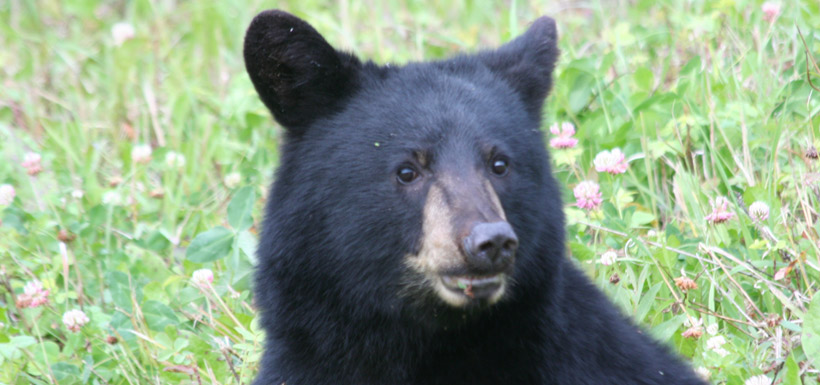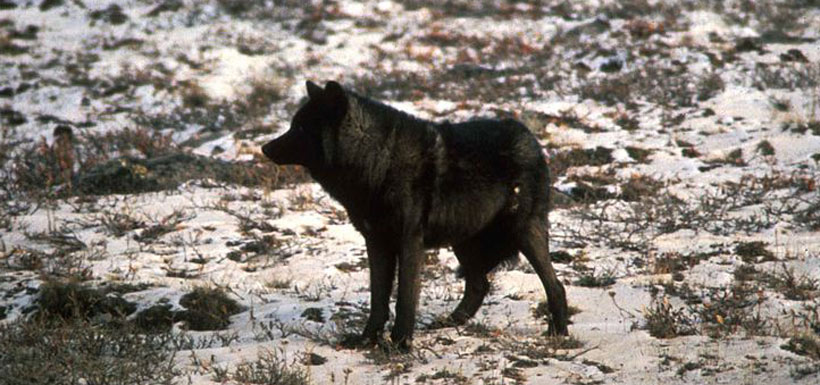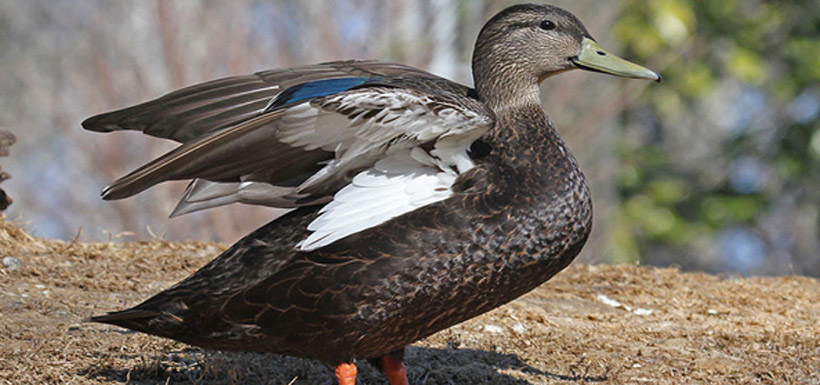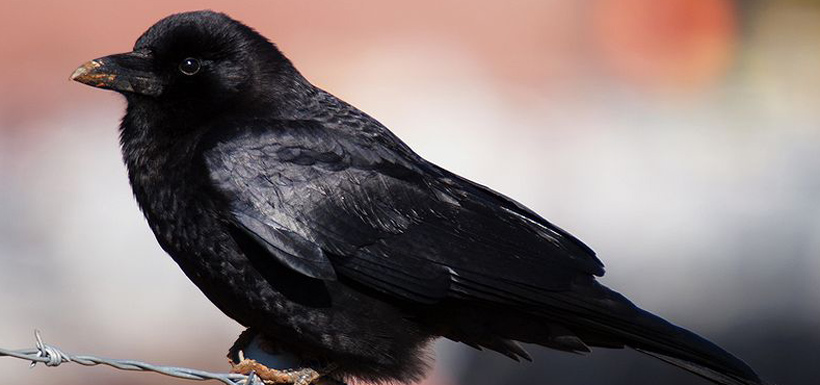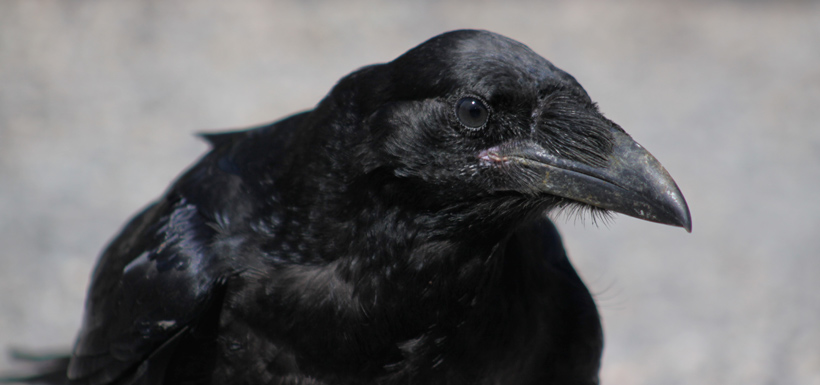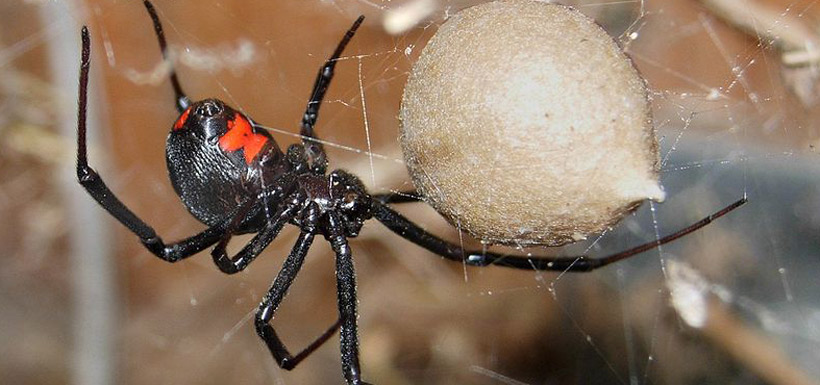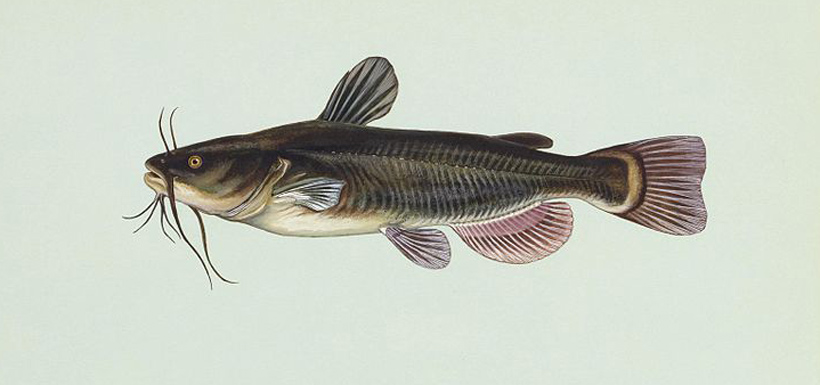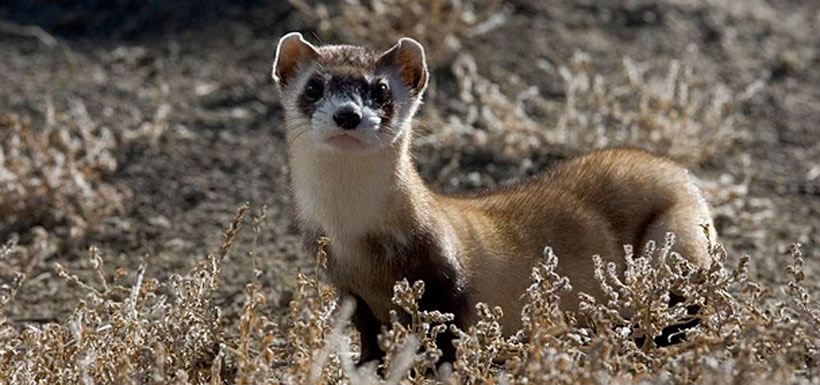A natural take on Black Friday
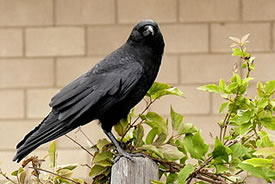
Crow (Photo by Linda Tanner, Wikimedia Commons)
Learn more about a few of our Canadian species and share these tweets to show others how natural #BlackFriday can be!
Black bear
Black bears are mostly herbivores, except for the occasional sushi snack! (Tweet this!)
Despite their size, black bears can run up to 40 kilometres per hour. (Tweet this!)
They may be called black bears, but their coat can be blue-gray, blue-black, brown or even white! (Tweet this!)
Black wolf
DYK? Black wolves are genetic variations of the gray wolf, when bred with domestic canines. (Tweet this!)
Half of the wolf population at Yellowstone National Park is black wolf! (Tweet this!)
Black wolves are far more common in North America than the rest of the world. (Tweet this!)
American black duck
DYK? American black ducks are actually more brown than black. (Tweet this!)
Usually found in Eastern North America, American black ducks sometimes show up on the west coast, EU & Asia (Tweet this!)
American black ducks look similar to female mallards, except for their pale gray face, dark chocolate-brown sides & olive-yellow bill. (Tweet this!)
Crow
Don’t let their small size fool you: crows belong to Corvidae, the most intelligent bird family. (Tweet this!)
Crows are found throughout all of Canada except in the Yukon. (Tweet this!)
Although their black feathers make them look alike, crows & ravens are different species. (Tweet this!)
More tweets under the slideshow.
Raven
DYK? Just like parrots, ravens can mimic human speech. They have also been known to mimic other animals in the wild. (Tweet this!)
Many cultures have folklore about the raven, often connecting the bird to higher powers. (Tweet this!)
Ravens are extremely playful! They will often use snow-covered roofs as slides and make toys from sticks. (Tweet this!)
Black widow spider
There are two species of black widow spider in Canada: western (found in BC to Manitoba) and northern (found in south and east Ontario). (Tweet this!)
Recent studies show male black widow spiders can sense hungry females and avoid them. (Tweet this!)
Generally, only female black widow spiders are cause for concern. The small amount of venom they produce is quickly diluted by the human body. (Tweet this!)
Black bullhead
Unlike other bullhead species, the black variation has the ability to thrive in low oxygenated waters. (Tweet this!)
Want to ID a black bullhead? Look for black barbells and a pale bar on its tail. (Tweet this!)
Found in southern Canada, the black bullhead is commonly confused with its brown relative. (Tweet this!)
Black-footed ferret
The black-footed ferret is also known as the American pole cat and the prairie dog hunter. (Tweet this!)
Thought to be extinct, the black-footed ferret has been successfully reintroduced to the Canadian Prairies. (Tweet this!)
Black-footed ferrets are nocturnal, sleeping up to 21 hours per day and hunting during the night. (Tweet this!)

